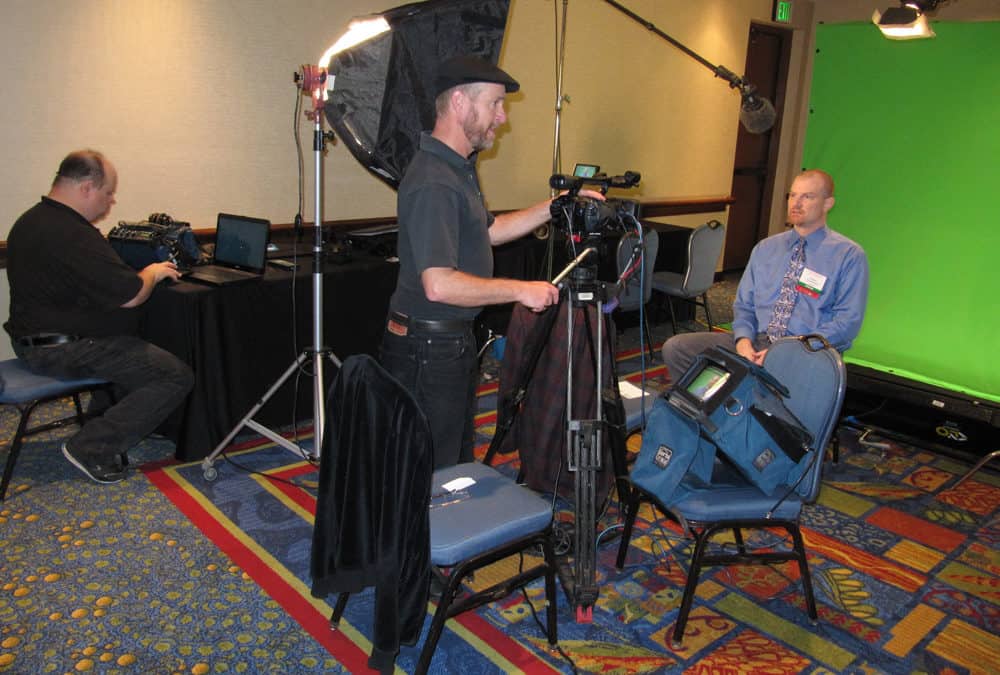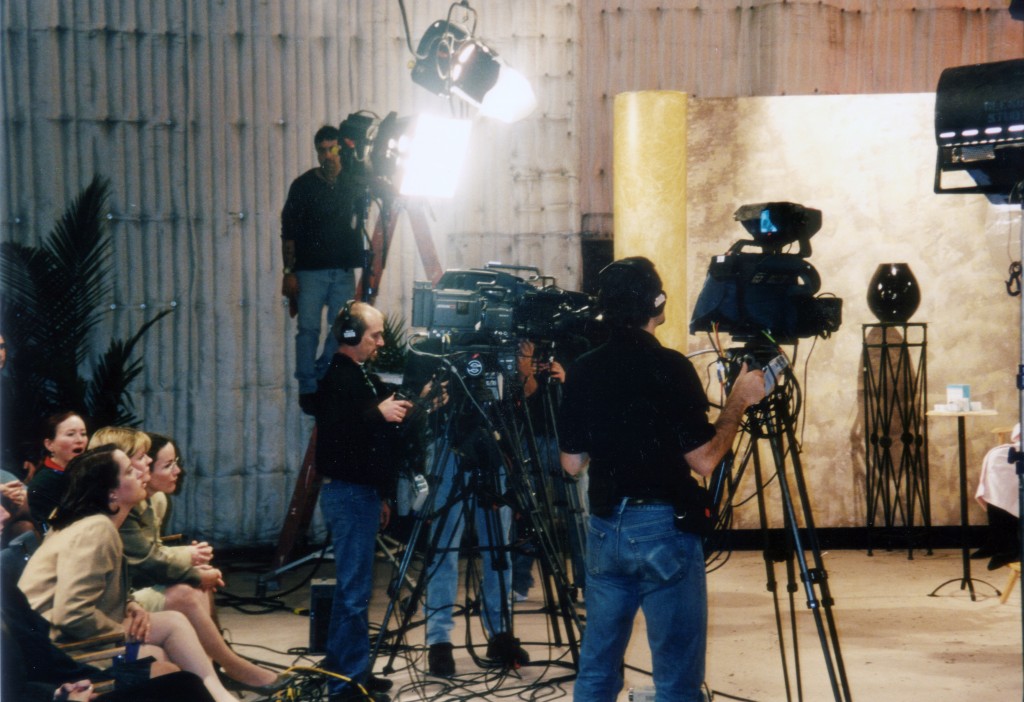What is an Explainer Video?
You’ve probably seen videos where a pristine, firm hand makes drawings on plain white paper as the viewer learns something from a narrator. Or maybe it was a bunch of warm animations describing the benefits of some business computing software. This is an explainer video.
With mobile video consumption rising by 100% every year, the video has become the premium source of entertainment and learning. As we speak, 97% of marketers believe that videos help customers get a better understanding of their products and services.
A key figure in these trends is the explainer video. From how-to videos to online courses for small business owners, the explainer video has become a staple in today’s video consumption.
In this article, we peel back the layers on what these videos are, the types of videos out there, and what to think about before making one.
An overview
In short, an explainer video is a concise video that describes an idea, product or brand. A typical explainer video uses text, animation and narration to communicate a message to the viewer. A company can put an explainer video on its web homepage, social media pages and even television ads.
Videos are highly engaging – there is no debate about that. In marketing circles, there is a consensus that video is the most viewed category of content on the internet. Cisco’s 2020 Annual Internet Reporttells us that video accounts for 80% of all consumer internet traffic.
And according to Business Insider, more than 500 million hours of YouTube videos were watched every single day in 2016. Let’s put this in perspective. If one collects all the videos that were viewed on YouTube on, say a random Wednesday that year, it would take one person 57,000 years to finish watching them.
Why explainer videos work – the psychology behind.
It is not odd that explainer videos are increasingly popular today. Companies like Microsoft, PayPal and Spotify have all successfully used explainer videos. And the psychology is simple.
For starters, the average explainer video usually lasts about 60 seconds, 90 at most. This design is built on the premises that people don’t have time to watch one thing for long. With the enormous collection of content available online, our minds get an overdose of choice.
Future Shock
In his 1970 book, Future Shock, Alvin Toffler calls this phenomenon “overchoice”. Overchoice is a situation where our minds get mentally drained from having to analyze and choose amongst different alternatives.
Today, there is an increase in access to products, information and opportunities. This makes decision making even more challenging. For marketers, the tipping point is that consumers will spend less and less time engaging with a piece of content. Inevitably, brands are left with no choice but to create content that stands out. This is where explainer videos come in.
If somebody wants to learn about a new product at their bank, an explainer video would quickly teach them about pricing, interest rates, payment options in literally one minute. Effectively, the video would clearly answer their questions and put them in a better position to make a purchasing decision.
Types of explainer videos
Explainer videos come in a variety of types, and for different purposes. Broadly speaking, they can be either whiteboard or animated explainer videos. As we are going to see, the choice of explainer video depends on the target audience of one’s brand, product or message.
Whiteboard
This type of explainer video communicates a concept using words and images being drawn by somebody’s hand. Typically, the video also contains a narration that guides the viewer on the story being told by the illustrations.
As the name suggests, the images are displayed against a white background to give the educative feel of a real person writing on a whiteboard.
Whiteboard videos are great at explaining complex, technical topics engagingly and educationally. For example, a real estate company can use a whiteboard video to tell its potential customers how they can buy a house, how much they can save under different scenarios, and the payment packages offered.
2D-animation
The 2D-animation style explains things with a more light-hearted approach.
It uses animated characters in a short video presentation about a topic. The characters themselves form a personal bond in the mind of the viewer. With whimsical figures and enticing colors, these videos usually create a lasting impression in the memory of the person watching them.
Essentially, this form of explainer video can work well when telling brand stories, communicating product benefits or presenting case studies that evoke human connection. 2d-animations appeal to a wide range of viewers by virtue of their simplicity.
Kinetic typography
Kinetic typography is what happens when motion meets text. It is a cool method of telling a highly engaging story with nothing but moving words. Kinetic typography expertly mixes attractive font, color and text movement to keep the viewer’s attention on the message.
It is incredibly catchy because when a viewer loses track of the narration, they can always keep up by following the bold, bouncy words on their screen. That is the trick of kinetic typography. As the story in the video unfolds, the viewer subliminally experiences an emotional response to the architecture of words in the message.
Turn off the Volume
The effectiveness of kinetic typography shouldn’t come as a surprise. Its popularity points inadvertently to a recent, peculiar trend. As we speak, a large portion of internet video views occurs with the volume off.
The millennial news site Mic boasts of 150 million Facebook views every month. Out of these, it was reported that 85 percent were views played without sound. And on PopSugar, more than half of all video views are silent too. It is interesting to see that in kinetic typography, video sound is unnecessary, albeit being an option.
Motion Graphics
This is just like 2D-animation, minus the characters. It contains moving graphics that transform and transition throughout the video. Motion graphics can be engaging, entertaining and at the same time highly informative.
The type of visuals in motion graphics is akin to those in modern infographics. The latter is known to convey information quickly and clearly using a striking graphical representation. With motion graphics, the message is driven home through a combination of illustrated facts, sounds and moving animations.
The style works well when communicating to a young audience, creative workers and professionals that continuously work with figures and statistics. Motion graphics also yield great results when coupled with simple narrations.
How to create an explainer video?
Define the goal of the video
To start with, the message in the video needs to be straightforward. This means that the creator of the video has to understand the intention behind it. Do we want to get known? Are we trying to make people aware of something new? Is it a new audience we are trying to capture and retain? These are some of the questions that forge the first step to creating a good explainer video.
To make the video work, it is important to do sufficient market research on the target audience. The content of the video can then be tailored for those viewers.
Plan for logistics
Having defined the goal, the maker of the video must address some logistic issues. These can range from cost estimation to shooting/recording schedules. One has to search for the right animators, voice artists and graphics designers to outsource for the video. Freelance marketplaces like Fiverr provide a rich nest of affordable talent.
Create a script
In the universe of explainer videos, there is one common rule – thou shalt keep it short and straightforward. That being said, alwaysendeavour to have a well-written script beforehand. A good script will drive the viewer smoothly throughout the entire video. Typically, an explainer video script will have a three-phase structure: addressing a challenge, introducing an idea, and invitation to take action.
Let’s imagine that a suburban car dealership is promoting its brand. Addressing a challenge means pointing out a commonly faced problem. The script for this dealership’s explainer video may perhaps highlight the difficulty in finding a used car that has decent mileage from a trusted seller.
Secondly, introducing the idea means presenting a solution to the challenges as mentioned above in the video. In this case, the video could show that a third-party mechanic runs standard mechanical tests on every car being sold as a way of pushing quality.
Lastly, the video can then direct the viewer on how to access the company through phone numbers or social networks. This is the invitation to take action.
Generally, companies promoting their value proposition must put the most crucial message in the first 30 seconds of the video. The video should also use simple language when explaining ideas. This kind of tone perfectly complements the already elementary nature of motion graphics. Additionally, the narration should use second person words like ‘you’ and ‘your’ to create intimacy with the viewer.
Distribute, distribute, distribute.
When it’s time for distribution, one should bear in mind the different channels through which the video will be accessed.
Social media is highly interactive as it allows family and friends to share the content they like. According to a 2016 article by The Chartered Institute of Marketing, companies can build strong brand identity by making videos for users that are likely to find them interesting.
________________________
Jasmeet Singh is a founder of Lessons at Startup – A blog where he shares entrepreneurial stories. He specialises in Digital Marketing and Content Writing. He is addicted to Google News, Netflix, Good Coffee and Quora ☺










